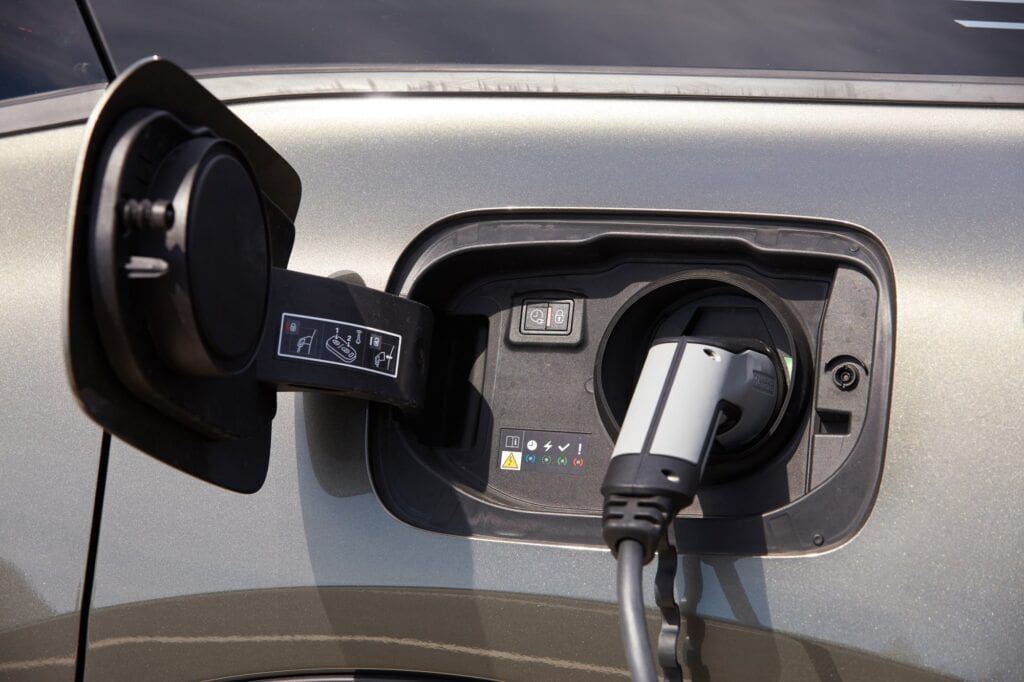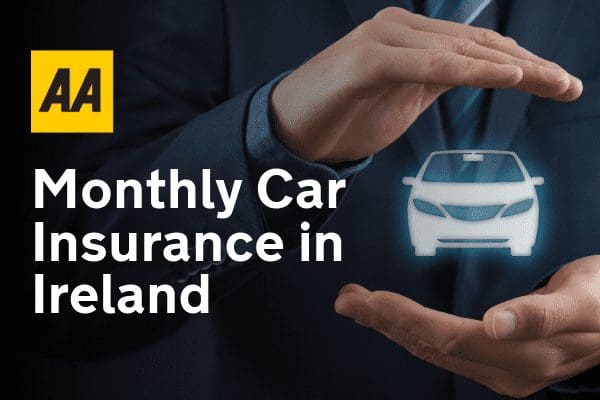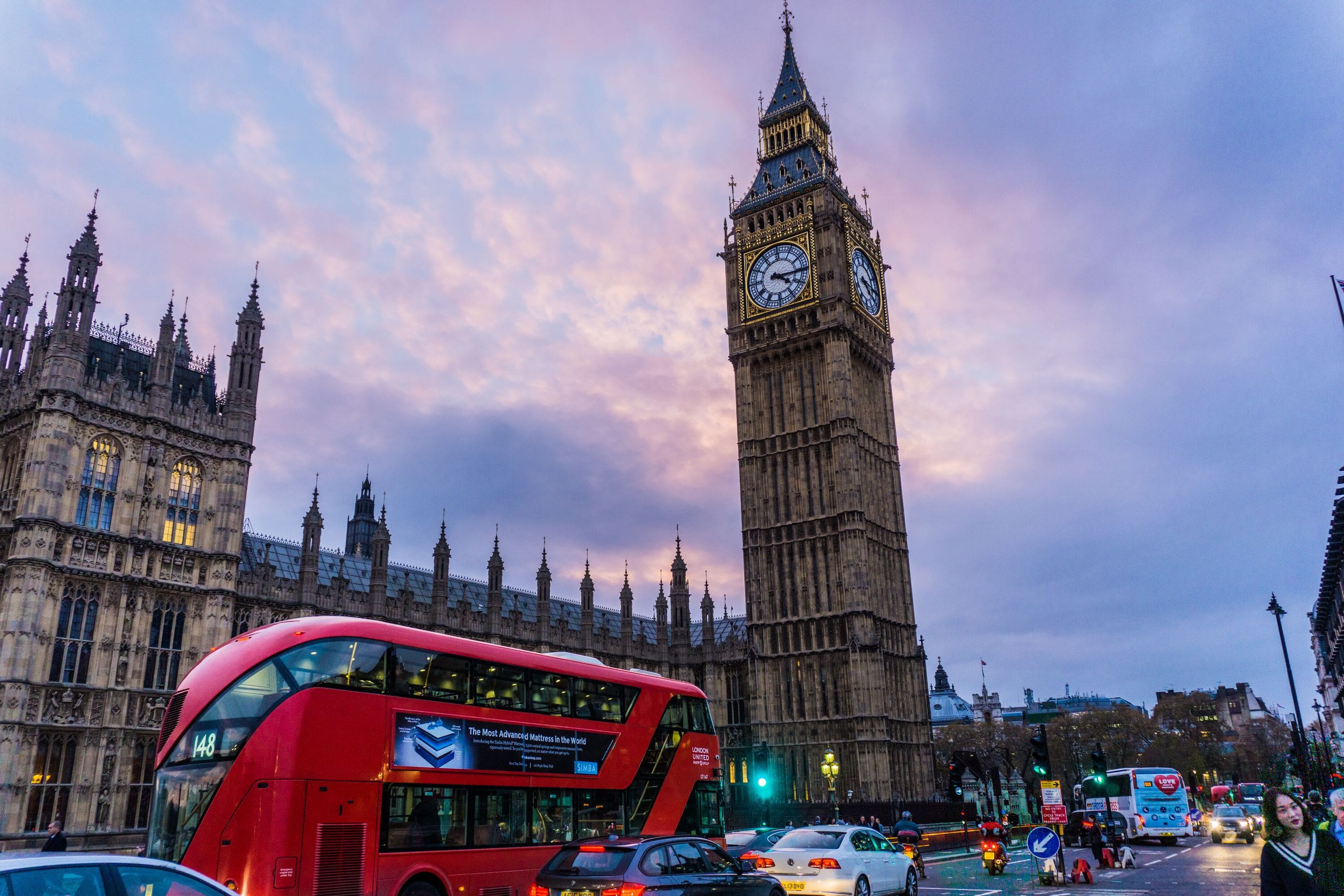Minister Eamonn Ryan’s recent announcement of Department of Transport plans cite major investment in the EV charging infrastructure in Ireland.
The highlight of the plan is to ensure that there are Fast Charging points every 60km along major Irish routes. But is this investment strategy enough to satisfy demand into the future?
EV sales on the rise
Sales of Electric Vehicles in Ireland are on the rise. Only a few short years ago, we were seeing annual sales in the hundreds of units. But 2022 was a record year. Sales of diesel vehicles have fallen dramatically, with a large number of buyers turning to electric power. The Volkswagen iD.4 has become the best-selling EV in Ireland in recent times.
Manufacturers are finding that supply of EVs is not where they want it to be. As a result, there can be long waiting lists for some of the top vehicles. Prices have typically been quite high for EVs in comparison to their combustion counterparts. However, a recent and substantial price drop by Tesla may well put some downward pressure on the market throughout 2023. A drop in the region of €8,000 has been seen on the Tesla Model 3, bringing the price down to €44,990 including grants.
Fast Chargers on major routes
Although ESB had a great start a decade ago, investment in the charging infrastructure has been very slow. Tesla have a number of charging hubs around the country, but they are closed to other brands. IONITY and EasyGo are making headway. But despite the progress, there is still a chronic lack of charging points. Queues for chargers are increasingly frequent. With EV sales rocketing, this is unlikely to be relieved any time soon.
The Department of Transport is seeking to rectify this issue by investing in a number of chargers situated along major routes around Ireland. It remains to be seen exactly how this money will be spent. The target is to have chargers every 60km along these major routes.
Some of the latest EVs are capable of very long drives without charging. Just look at our own experience in January 2023 where we drove a Mercedes Benz EQS from Mizen head in Cork to Malin Head without stopping to charge. However, this car is an exception and it is very expensive. Many charging hubs will be needed to accommodate older EVs, and smaller city cars making infrequent longer trips.
Destination chargers
The plan also seeks to have thousands of chargers rolled out at destinations. Destination chargers tend to be a lot slower and cheaper to install than the DC units that will be placed on major routes. The idea is that they will be placed in locations such as Sports clubs. This will enable people to ‘graze’ as they are parked up for longer periods of time. The idea is not to ‘fill up’ like we’re used to with a combustion car, but rather to top up while your car is stationary and unused.
Sports clubs can apply for the grant to the department here. There is a detailed submission, and the club must meet certain criteria such as adequate opening times when the public have access.
Seven personas
The investment and strategy are being based on ‘seven personas’ that reflect a wide selection of the public. The personas include ‘Anna’; someone that lives in an apartment and has no driveway. This can be especially arduous for those that are renting and have much less influence on the installation of charging points.
Another example is a tourist family called the ‘Jacksons’. The strategy aims to have adequate charging so that a family visiting Ireland can move around freely, with enough chargers in the right places.
Will the grid cope?
There is consistent speculation that the Irish grid will not cope with the rollout of Electric Vehicles on the island. On the surface, this makes sense, especially with recent concerns this winter. However, the Department have dismissed this concern. They say that EirGrid’s Generation Capacity Statement 2022-2031 takes into account provision for just over 1.1 million Electric Vehicles by the end of the decade.
In addition, EV drivers are being incentivised to charge at night when the grid is under much less pressure. In some cases, there is an excess of renewable energy on the grid, so EV cans use up some of the capacity that would previously have been let go to waste.
Does the strategy go far enough?
This is not the first time that the Irish government has announced a strategy and investment in the charging infrastructure. An SEAI scheme made funds available to local councils to install chargers. However, a mere four councils applied for the funding. So far, none of these chargers were actually installed.
The most pertinent issue with EV charging currently is the reliability of being able to get a charge when needed. Although the units are in very good working order, the number and locations are inadequate. Drivers need to know that they will get a charge quickly if they go to a site. One-off chargers littered around the country will be inadequate. We need hubs, whereby there are a number of chargers on any given site. This will allow drivers to arrive at a site confident in the knowledge that they will not be facing long queues.
If you are thinking of buying an Electric Vehicle, have a look at our reviews on YouTube here. We also have plenty of articles on our blog section to steer you in the right direction.
Of course, if you are shopping around for car insurance, please do give us a call on for a quote! We have tailored insurance products just for EVs here!










